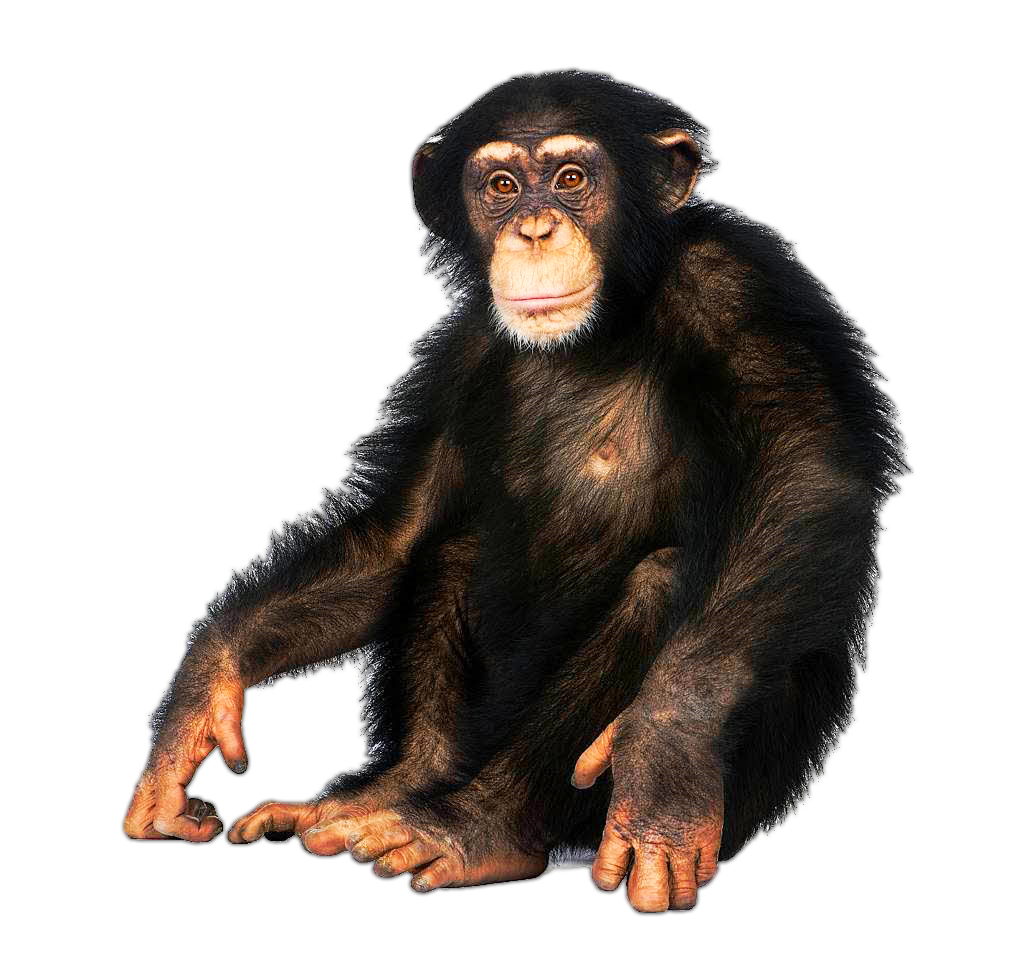

Cultured primate CNCCs show a high correlation of expression signatures and epigenomic profiles with CNCCs isolated from chick embryos, reinforcing the NC identity of these in-vitro -derived cells ( Figures S2A and S2B).

These markers provided a platform for us to monitor and optimize our cell culture protocol for derivation and maintenance of primate CNCCs achieving metrics of homogeneity greater than 90% regardless of the genetic background, initial cell source (e.g., iPSC versus ESC), or species (human versus chimp) see Figure S1C and Experimental Procedures. To characterize staging and homogeneity of our human and chimp CNCC populations, we identified a panel of five cluster of differentiation (CD) markers, whose expression is sensitive to the developmental progression of CNCC (see Experimental Procedures and Figure S1B). Upon differentiation of our chimp iPSCs, we observed formation of highly mobile stellate cells that were morphologically indistinguishable from human CNCCs, expressed a broad range of migratory NC markers at levels equivalent to those seen in human cells, and had a very low level of HOX gene expression, a profile consistent with CNCC identity ( Figures 1A-1C and S1A). Our work provides a wealth of candidates for future evolutionary studies and demonstrates the value of “cellular anthropology,” a strategy of using in-vitro-derived embryonic cell types to elucidate both fundamental and evolving mechanisms underlying morphological variation in higher primates. We explore properties of this cis-regulatory change, revealing the role of particular retroelements, uncovering broad clusters of species-biased enhancers near genes associated with human facial variation, and demonstrating that cis-regulatory divergence is linked to quantitative expression differences of crucial neural crest regulators. Epigenomic divergence is often attributable to genetic variation within TF motifs at orthologous enhancers, with a novel motif being most predictive of activity biases.

Here, we use epigenomic profiling from human and chimpanzee cranial neural crest cells to systematically and quantitatively annotate divergence of craniofacial cis-regulatory landscapes. Cis-regulatory changes play a central role in morphological divergence, yet the regulatory principles underlying emergence of human traits remain poorly understood.


 0 kommentar(er)
0 kommentar(er)
